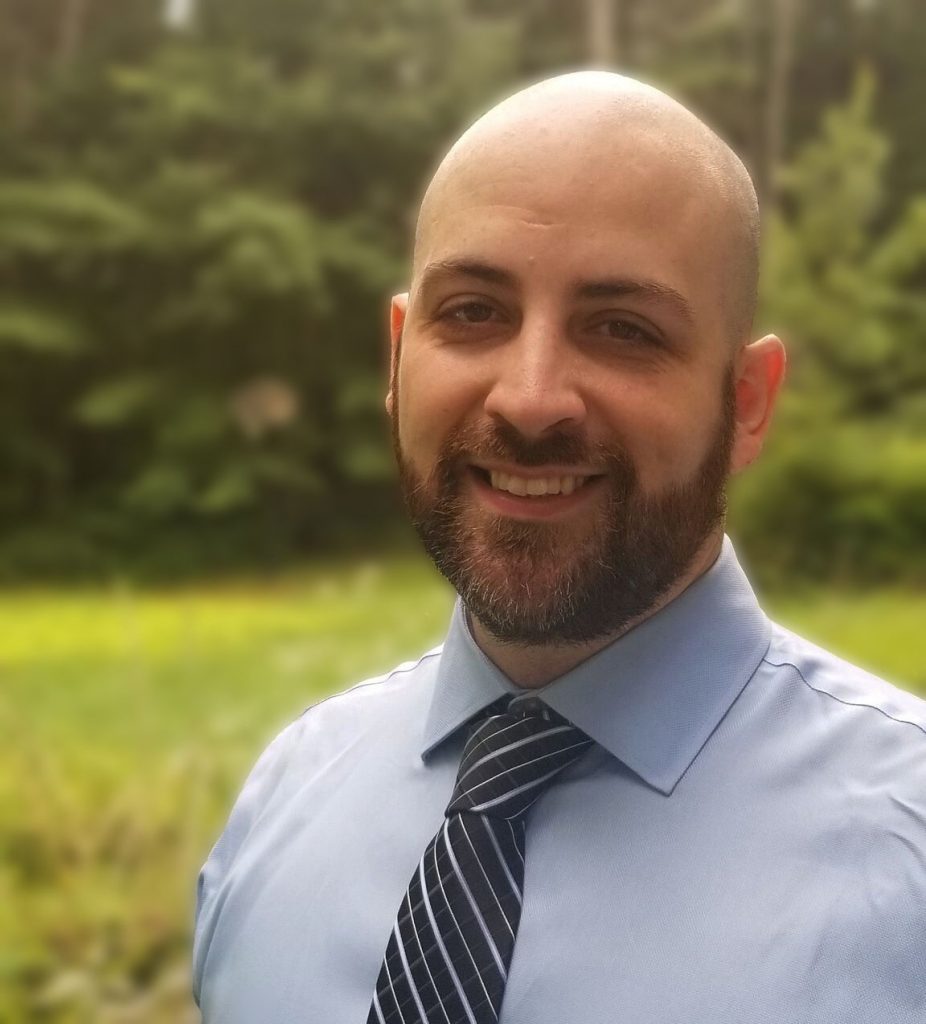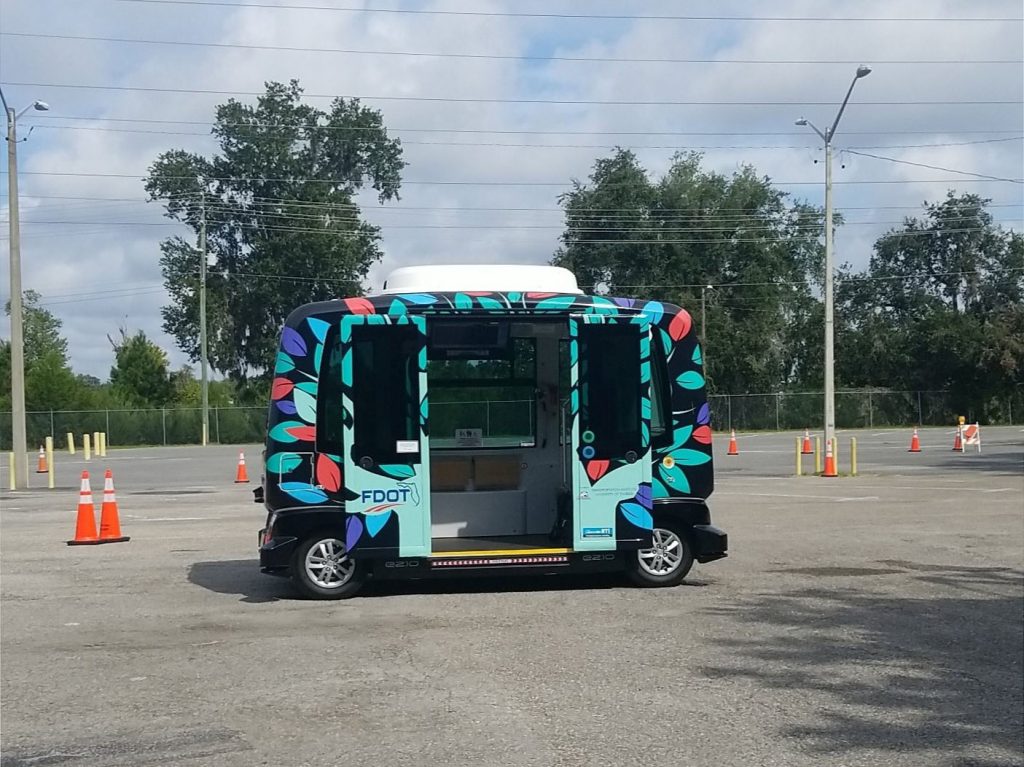
James Wersal, a doctoral student in the Department of Occupational Therapy’s Institute for Mobility, Activity, and Participation (I-MAP) team, worked in collaboration with the University of Alabama at Birmingham and the City of Gainesville on a STRIDE-funded project to better understand the perceptions, values, beliefs, and attitudes of drivers 65 years and older as it relates to emerging autonomous vehicle technology.
Wersal explains that automated vehicle technology holds the opportunity to promote social and community engagement for those who are no longer able to drive or no longer desire to drive. He said the aim of the study was to identify the barriers and facilitators of automated vehicle technology by discussing older adults’ perceptions of transportation availability, accessibility, affordability, acceptability, and/or adaptability. In doing so, the unique challenges that an aging population may face while using automated vehicle technology were highlighted.
“I think when we understand the facilitators and barriers to using automated vehicle technology for older adults, we can promote participation by incorporating those facilitators identified and managing barriers through training and intervention,” Wersal said.
In the study, 106 older adults were recruited to experience two Society of Automotive Engineers, International level 4 automated vehicle technologies (automated driving simulator and automated shuttle). Participants experienced both automated vehicle technologies but were randomly assigned to start with either the simulator or the shuttle.
Preliminary findings revealed that older adults (n=69) had higher positive perceptions (e.g., safety, ease of use, usefulness, authority, social influence, intention to use, and cost) after being exposed first to either automated vehicle technologies (simulator or shuttle). However, only two of these variables (trust and safety) reached statistical significance.

Implementation of new emerging technology requires the collaboration of many stakeholders such as city, state, and federal officials, private companies, national organizations, institutional representatives, and community participants. Wersal says these stakeholders play crucial roles in research, from acquiring support to implementing changes that address the barriers of an aging and disenfranchised population.
Automated vehicle technology could have many beneficial implications for older adults who are no longer in the position to drive a vehicle. AVs could allow senior citizens to keep their sense of community and independence.
“I believe that automated vehicle technology has clinical implications and numerous societal benefits,” Wersal said. “Specifically, I believe it will allow older adults who are no longer fit to drive the ability to engage in their community, which may minimize isolation, promote independence, and keep older adults actively involved.”
This article is based on STRIDE Project D2 – UF & UAB’s Phase I Demonstration Study: Older Driver Experiences with Automated Vehicle Technology, which will be completed by December 2020.